MULTAN
City Of Saints
City Of Saints
Chenab River
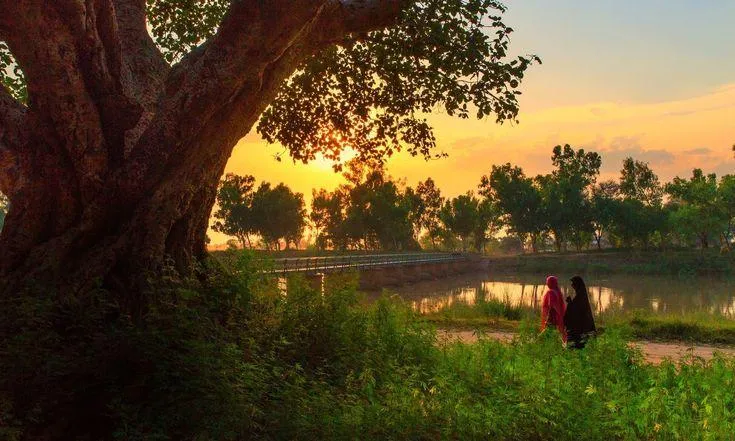
Chenab River
The Chenab River: Lifeline of Multan
The Chenab River, one of the five major rivers of the Punjab region, holds immense historical, cultural, and economic significance for the city of Multan. Flowing majestically through the heart of Pakistan, the Chenab River has been a vital source of sustenance and inspiration for the local communities for centuries.
Historical Significance
The Chenab River, known as Asikni in ancient Sanskrit texts, has a rich history that dates back thousands of years. It was a crucial part of the Indus Valley Civilization, one of the world’s earliest urban cultures. The river’s strategic location made it a hub for trade and cultural exchange, influencing the development of the region.
Multan, often referred to as the “City of Saints,” has been a melting pot of diverse civilizations, including the Persian Empire, the Maurya Empire, the Gupta Empire, and the Sultanate of Delhi. The city’s proximity to the Chenab River played a pivotal role in its growth and prosperity. The river not only provided water for irrigation but also facilitated trade and transportation, making Multan a thriving center for commerce.
Geographical Journey
The Chenab River originates from the confluence of two headwaters, the Chandra and Bhaga rivers, in the upper Himalayas in Himachal Pradesh, India. It flows through the Jammu region of Jammu and Kashmir, India, before entering the plains of Punjab, Pakistan.The river traverses several districts, including Gujarat, Jhang, and Multan, before merging with the Sutlej River near Uch Sharif in Punjab.
.
Multan’s Waterfront
Multan’s waterfront along the Chenab River is a treasure trove of attractions and historical landmarks. The riverbanks are adorned with iconic structures that reflect the city’s glorious past. One of the most prominent landmarks is the Multan Fort, an ancient fortress that stands tall along the riverbanks. The fort’s intricate architecture and historical significance make it a must-visit destination for tourists and history enthusiasts.
Another notable attraction is the Shah Rukn-e-Alam Shrine, a renowned Sufi shrine that attracts thousands of devotees and tourists alike. The shrine’s stunning architecture and spiritual ambiance make it a significant cultural and religious site in Multan.
Economic Importance
The Chenab River is a lifeline for the local communities in Multan, providing water for irrigation and supporting agricultural activities. The river’s waters are extensively used for irrigation, making the region one of the most fertile agricultural areas in Pakistan. The river’s flow is regulated by several headworks and barrages, ensuring a steady supply of water for irrigation and other purposes.
In addition to agriculture, the Chenab River also supports various industries in the region. The river’s water is used for industrial processes, and its banks are home to several industrial units that contribute to the local economy. The river’s strategic location and abundant water resources make it a valuable asset for the region’s economic development.
Cultural Heritage
The Chenab River has inspired countless poets, writers, and artists over the centuries. Its serene beauty and majestic flow have been immortalized in literature and folklore. The river’s cultural significance is evident in the numerous festivals and celebrations that take place along its banks. These events bring together people from different communities, fostering a sense of unity and cultural exchange.
Multan’s rich cultural heritage is closely intertwined with the Chenab River. The city’s vibrant arts and crafts scene, traditional music, and dance forms are all influenced by the river’s presence. The river’s banks are often the setting for cultural performances and events, adding to the city’s cultural vibrancy.
Recreational Activities
The Chenab River offers a wide range of recreational activities for locals and tourists alike. The river’s calm waters are ideal for boating and fishing, providing a relaxing escape from the hustle and bustle of city life. The riverbanks are also popular spots for picnics and family outings, offering scenic views and a tranquil environment.
In recent years, there have been efforts to develop Multan’s waterfront to enhance its recreational potential. The authorities have initiated plans to create parks, promenades, and modern facilities along the riverbanks. These developments aim to revitalize the area, create recreational spaces, and preserve the city’s historical heritage.
Eco-tourism Opportunities
The Chenab River’s diverse ecosystem and natural beauty make it a prime destination for eco-tourism. The river’s banks are home to a variety of flora and fauna, providing ample opportunities for nature enthusiasts and wildlife photographers. Birdwatching is a popular activity along the river, with numerous species of migratory and resident birds inhabiting the area.
Efforts are being made to promote eco-tourism along the Chenab River, with initiatives to protect and preserve the river’s natural environment. These initiatives aim to create sustainable tourism opportunities that benefit the local communities while preserving the river’s ecological balance.
Local Cuisine
The Chenab River’s influence extends to the local cuisine of Multan. The region’s fertile lands produce a variety of fruits, vegetables, and grains, which are used to create delicious and flavorful dishes. The river’s fish are also a popular delicacy, with various traditional recipes showcasing the region’s culinary heritage.
Multan is renowned for its mangoes, often referred to as the “Mango Capital” of Pakistan. The city’s mango orchards, nourished by the waters of the Chenab River, produce some of the finest mangoes in the world. The annual mango festival in Multan is a celebration of this delicious fruit, attracting visitors from far and wide.
Community Engagement
The Chenab River plays a vital role in the lives of the local communities in Multan. The river’s waters are essential for their daily needs, including drinking water, irrigation, and sanitation. The river also provides a source of livelihood for many families, with fishing and agriculture being the primary occupations.
Community engagement and participation are crucial for the sustainable management of the Chenab River. Local communities are actively involved in initiatives to protect and preserve the river’s natural resources. These efforts include awareness campaigns, clean-up drives, and conservation projects aimed at ensuring the river’s long-term health and sustainability.
Future Prospects
The future of the Chenab River and its significance to Multan looks promising. The ongoing development projects along the riverbanks aim to create a vibrant and sustainable waterfront that enhances the city’s cultural and economic potential. These projects include the construction of parks, recreational facilities, and modern infrastructure to attract tourists and improve the quality of life for local residents.
However, there are also challenges that need to be addressed to ensure the river’s sustainability. Pollution, water management, and climate change are some of the key issues that require attention. Collaborative efforts between the government, local communities, and environmental organizations are essential to tackle these challenges and protect the Chenab River for future generations.
We use cookies to ensure that we give you the best experience on our website.
© Copyright Multan 2024

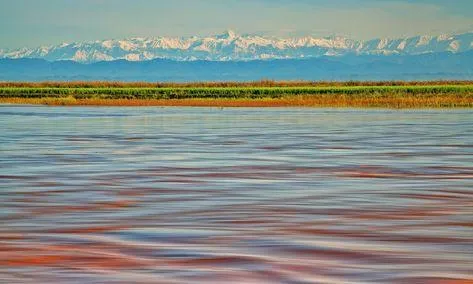

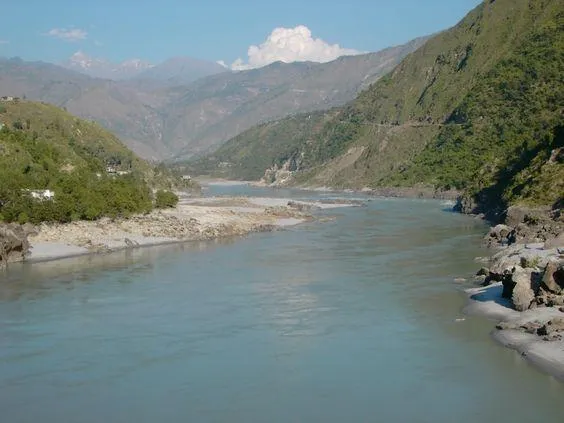
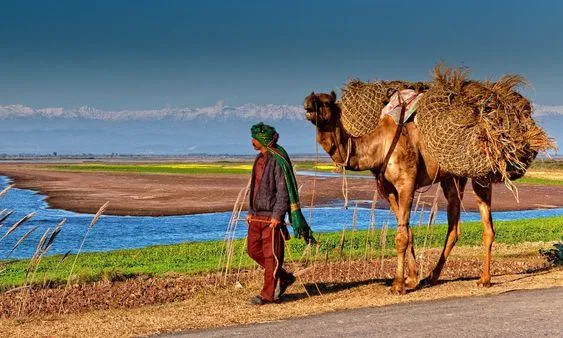
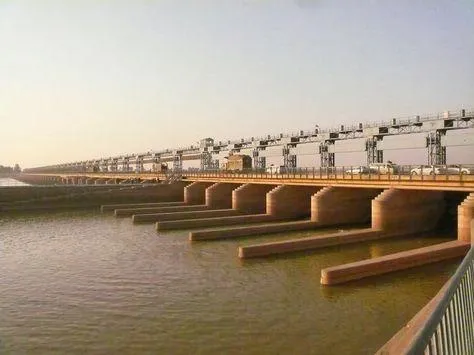

Facebook
LinkedIn